

Max Davies
5 Days Ago
It might be crowded segment with plenty of cars in the mix, but the stylish French crossover is well worth consideration.
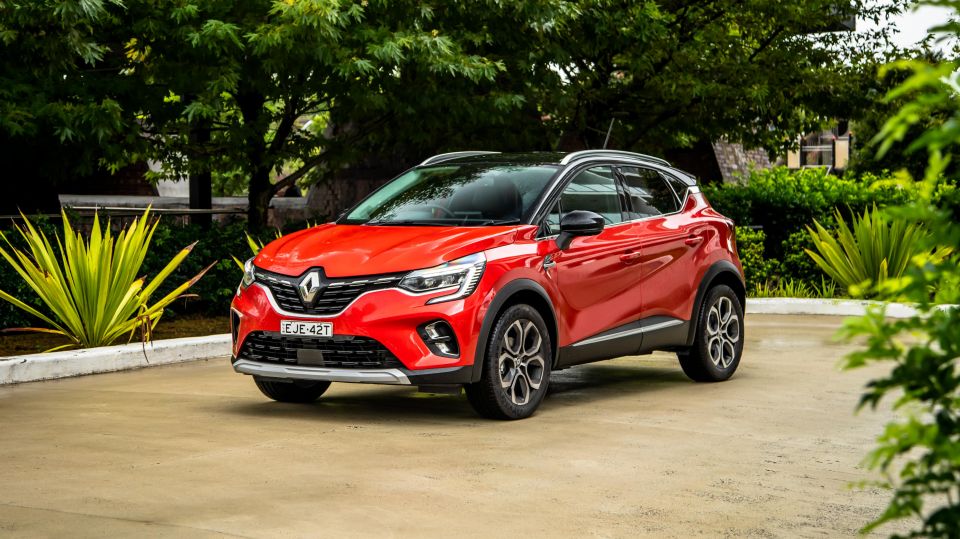


Quickly see how this car stacks up against its competition. Select any benchmark to see more details.
Take advantage of Australia's BIGGEST new car website to find a great deal on a Renault Captur.
Of the 20-or-so cars on display at the CarExpert Experience Centre at Sydney’s Warringah Mall, the Renault Captur Intens in Atacama Orange with Diamond Black roof not only stole much of the limelight, but also notched up more than its fair share of test drives.
Moreover, the local Renault dealer eventually sold our display car out from under us thanks to the heightened interest the often-forgotten French brand and indeed the Captur model itself.
Little wonder, really, considering its fresh-faced, avantgarde design and all-round offering in the way of class-leading performance, equipment and space packaging in the ‘Light SUV’ class it competes in.
Mind, it’s not quite as cheap as it was back then either, but name a car that hasn’t suffered some kind of price hike or equipment downgrade as a result of chip shortages and the subsequent manufacturing backlog and hard-to-source container ships.

At least with the Captur, it’s a relatively pain-free bump across the range of between $850 and $1210. Most buyers won’t mind, though, given the extra features that come with it.
Any Renault Captur Intens built from January 2022 also picks up adaptive cruise control with stop/go, wireless phone charging, and a shark antenna instead of the older screw-in type. And bear in mind, that’s on top of a particularly generous standard equipment list.
Nonetheless, the Captur needs all the help it can get because although the Light SUV segment makes up only around 5.0 per cent of the total number of cars sold in Australia each year, it’s still one very hotly contested segment, with at least eight other well-known brands all vying for market share.
The Mazda CX-3 has been the clear favourite over the last couple of years holding as much as 32.5 per cent share of the segment. Korean twins Hyundai Venue and Kia Stonic are also major players in the sales race, while both Toyota Yaris Cross and Volkswagen T-Cross have also been racking up solid numbers lately.
That leaves the Captur to compete with the likes of the Ford Puma, Nissan Juke, Suzuki Ignis, and to a lesser extent, the Suzuki Jimny – if you can get your hands on one, though, I’d argue it’s a very different proposition given its revered off-road attributes.
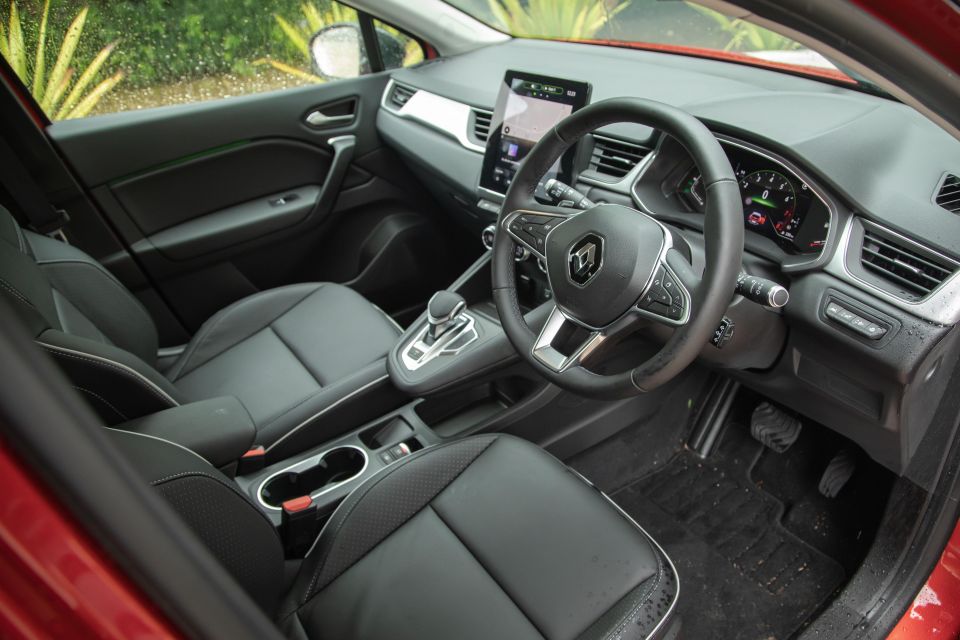
While the Captur Intens is hanging onto the top spot in the model range, it’s about to be de-throned by the incoming R.S. Line which adds a bunch of new design accents for the exterior including an F1-inspired front bumper insert as well as a host of additional features inside.
That’s said, there’s still plenty of upside for the Intens, not least of which is its fancy, tech-laden cabin, all-leather upholstery, and a generous catalogue of features you might struggle to find in some high-priced luxury makes.
Moreover, in a class where passenger and boot space is always in short on supply by virtue of their modest proportions, it’s the Captur that offers the most room and versatility.
The same goes for performance. Its punchy 1.3-litre turbo powerplant delivers greater outputs than any of its rivals. As a result, the diminutive Renault never feels under-baked and more refined in that regard.
It’s not perfect by any stretch, but this is one city-size SUV that merits a spot on your consideration set in this segment.

Renault announced earlier this year it was doing its second pricing realignment across the Captur range, which is due to take effect from July 1, 2022.
The range opens with the Captur Life at $31,300 before on-road costs, but will shortly be topped by the Captur R.S. Line that starts at $40,800 before on-road costs.
Sitting under the range-topping R.S. Line is the Captur Intens from $38,300 excluding on-roads, which for 2022, means a total price rise of $2510.

2022 Renault Captur pricing (as of July 1, 2022):
Prices exclude on-road costs
It’s also fair to say most of Captur’s rivals have also seen price hikes over the last 12 months, so Renault is not alone in this regard – a direct result of rising fuel prices affecting shipping costs. No doubt interest rate rises will have some effect over time, as well.

By comparison, the top-selling Mazda CX-3 in equivalent spec is the Akari LE FWD Auto at $37,690, while the popular Kia Stonic GT-Line is priced from $30,490.
The Captur’s main rivals, the Ford Puma ST-Line and Nissan Juke Ti, are priced from $35,890, and $36,490 respectively.
Volkswagen’s T-Cross 85TSI Style starts from $33,750, whereas Toyota’s Yaris Cross Urban 2WD Hybrid sells for $34,990.
The Hyundai Venue Elite, meanwhile, is one of the more affordable high-spec vehicles in the class priced from $27,040. Again, all prices exclude on-road costs.
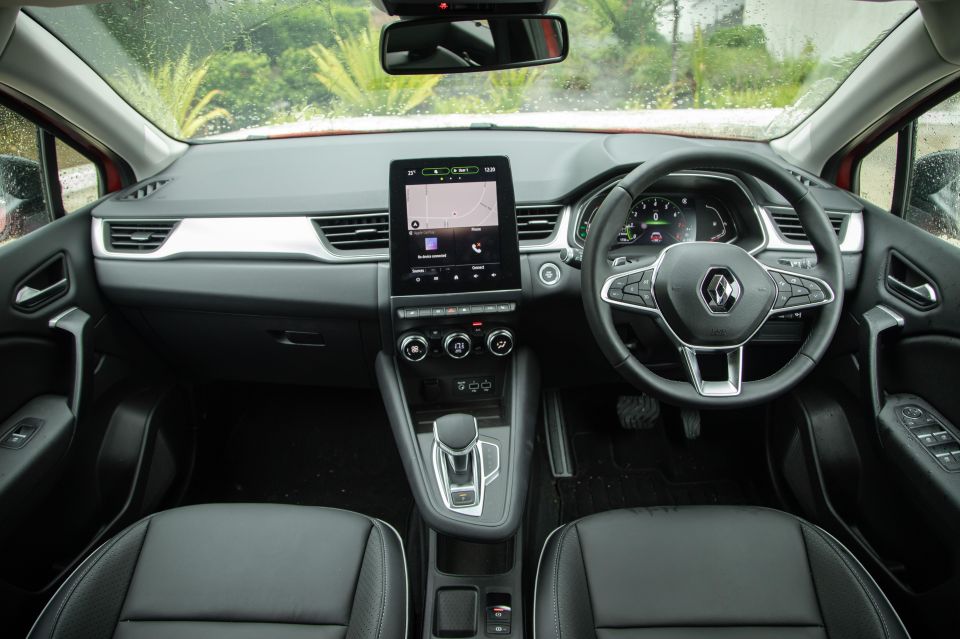
Inside, is where the Captur Intens genuinely and convincingly outshines the competition – even the big-hitting Mazda CX-3.
There’s a stylish blend of stitched leather upholstery, polished metal accents and soft-touch materials including the entire dashboard. But that doesn’t mean there aren’t any nasty hard plastics either, because it’s got its fair share of those too from the centre console to anywhere below decks.
It’s also a pleasantly high-riding little SUV, or at least, the driver and front passenger are perched higher than the norm in this class.
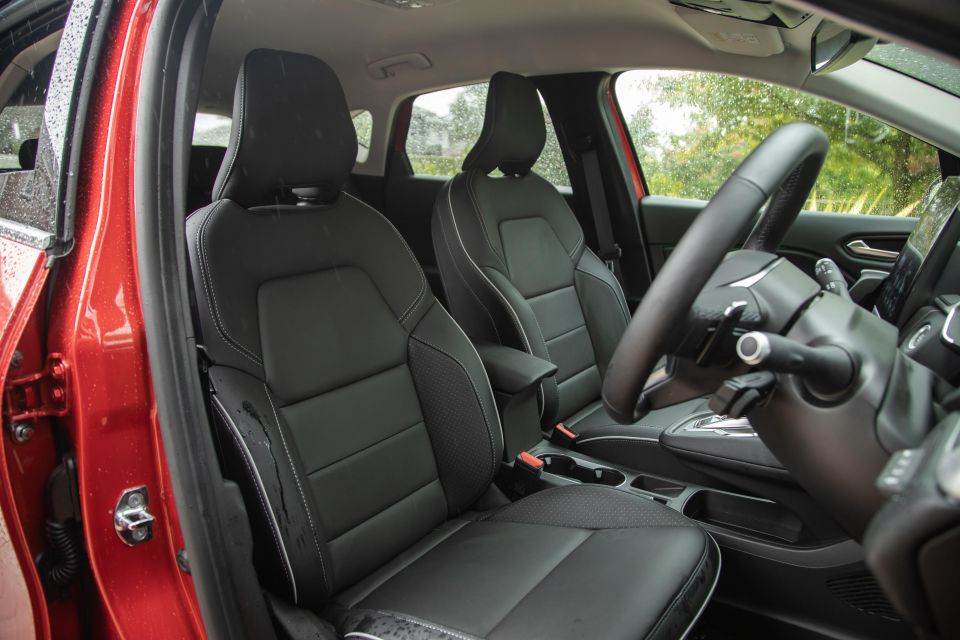

It makes sense for the driver, but the front passenger has no means of height adjustment available to them, which can be problematic when climbing in or getting out of the vehicle. It’s definitely something to watch or at least test out.
And, those leather seats are also properly bolstered on both the seat and seatback for those that want to enjoy the solid handling prowess of the Captur. More on that later.
There’s also a perfectly round leather-wrapped steering wheel with paddle-shifters, too, as well as properly large dials for the climate control, but they also have digital temperature read-outs – so the best of both worlds, then.
Standard fare in the Intens is a partially-digital driver’s display which changes colour depending on the driving mode selected. It’s flanked by two fixed displays for fuel use and engine data readouts.
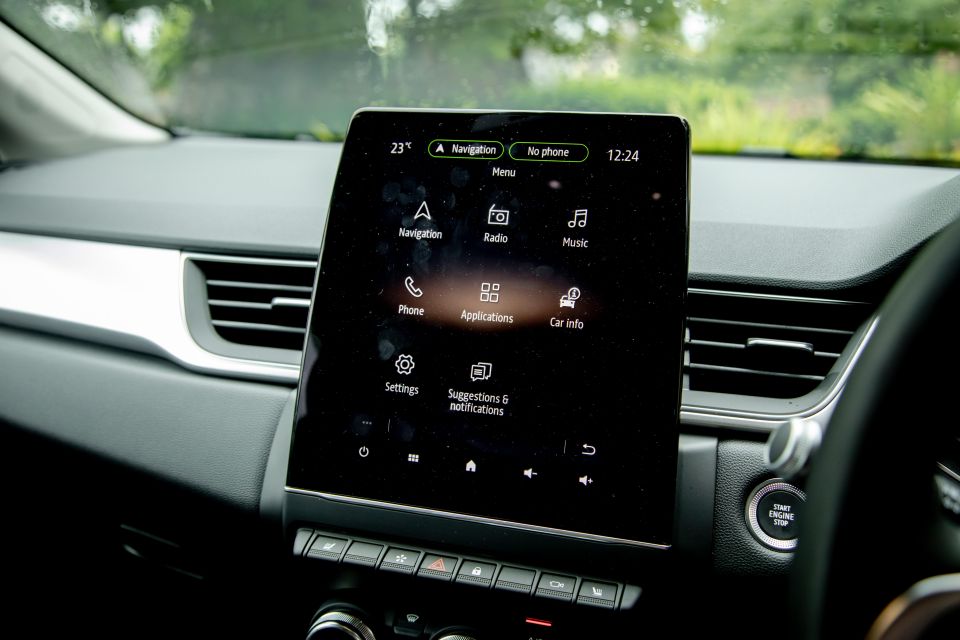
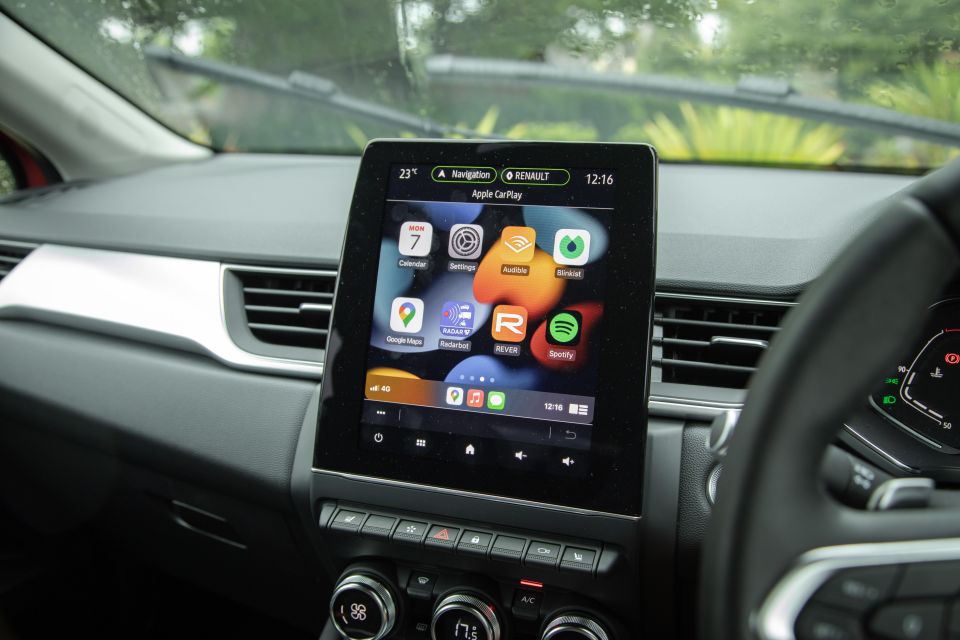
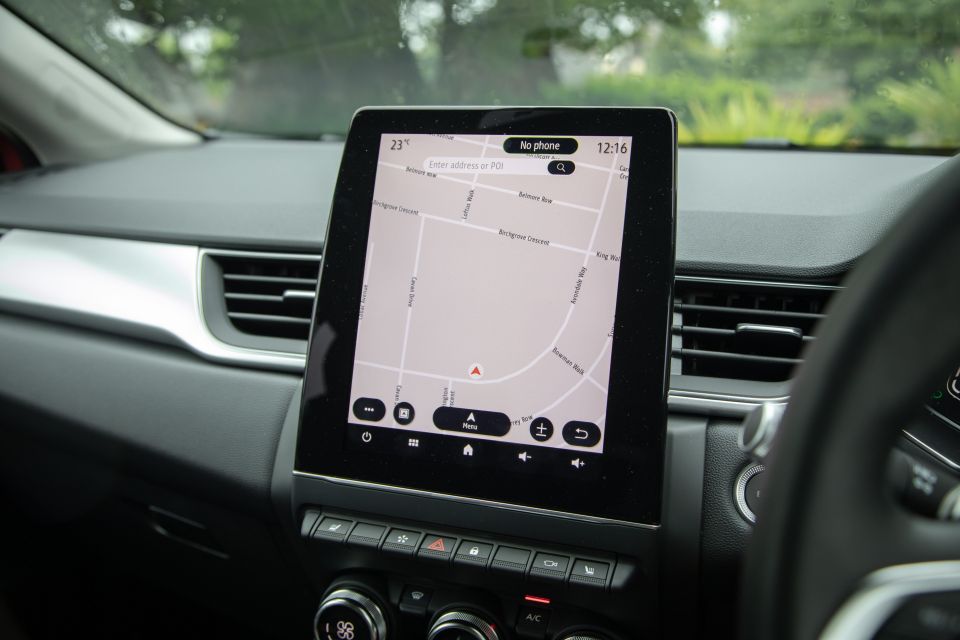
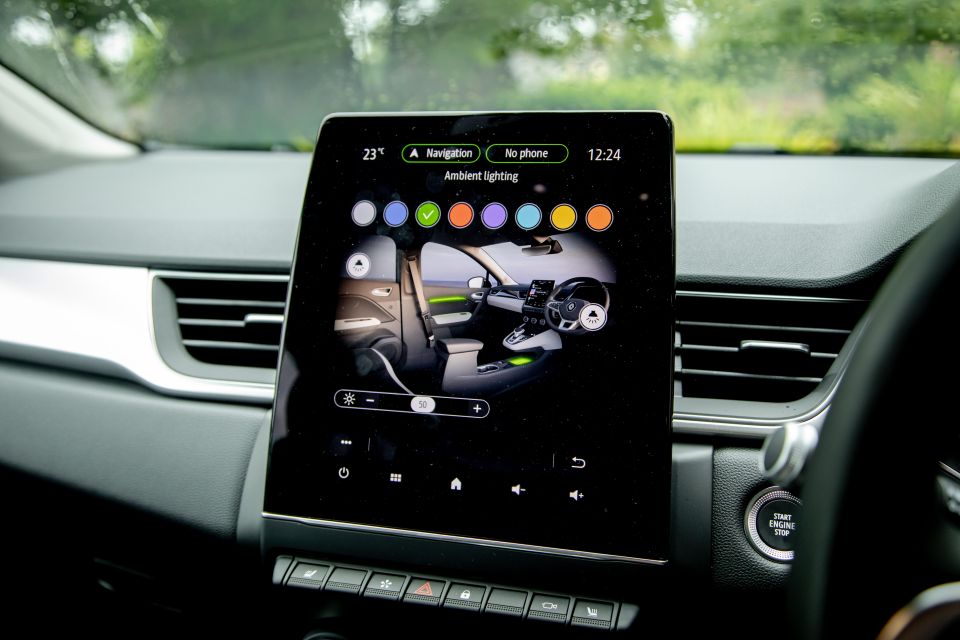
If you want something better, go ahead and option the Easy Life Package for $2000 which includes a larger 10.25-inch fully-digital instrument display, as well as a few other goodies.
The metal-look roundel on the start button, looks a bit cheap and plasticky but all the other brightwork throughout the cabin looks and feels authentic.
The technology is a bit of a mixed bag. While we like the well-sized iPad-style infotainment display with bright colours, it could be sharper and faster if you’re relying on the integrated navigation, for example. Best to use the wired Apple CarPlay or Android Auto and avoid any pain, which tends to be faster and more stable.
Space packaging is something the Captur does very well. Up front, there’s smart use of made-to-measure storage bins for wallets, phones and even the credit-card-style key fob.
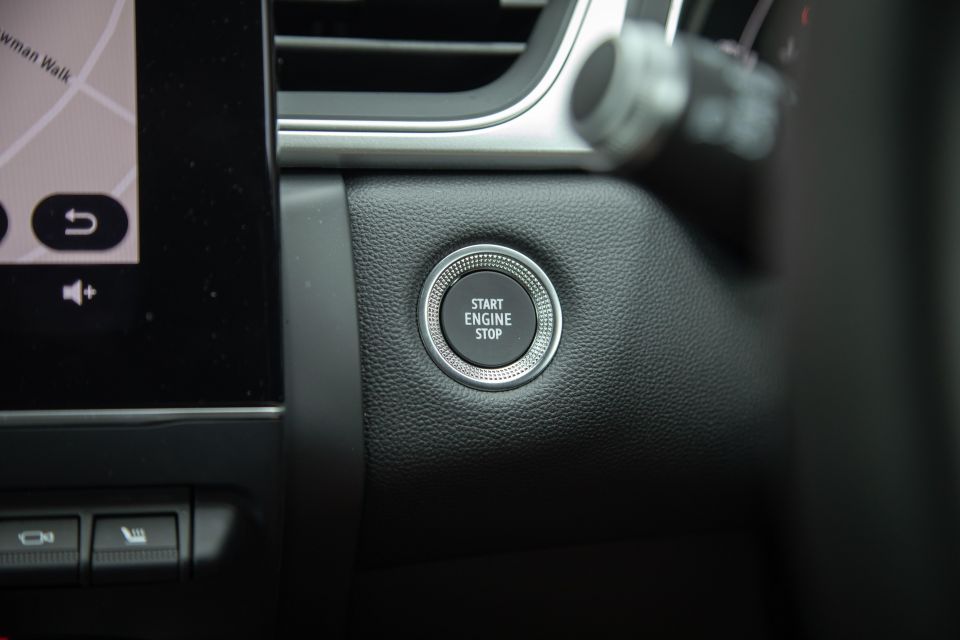
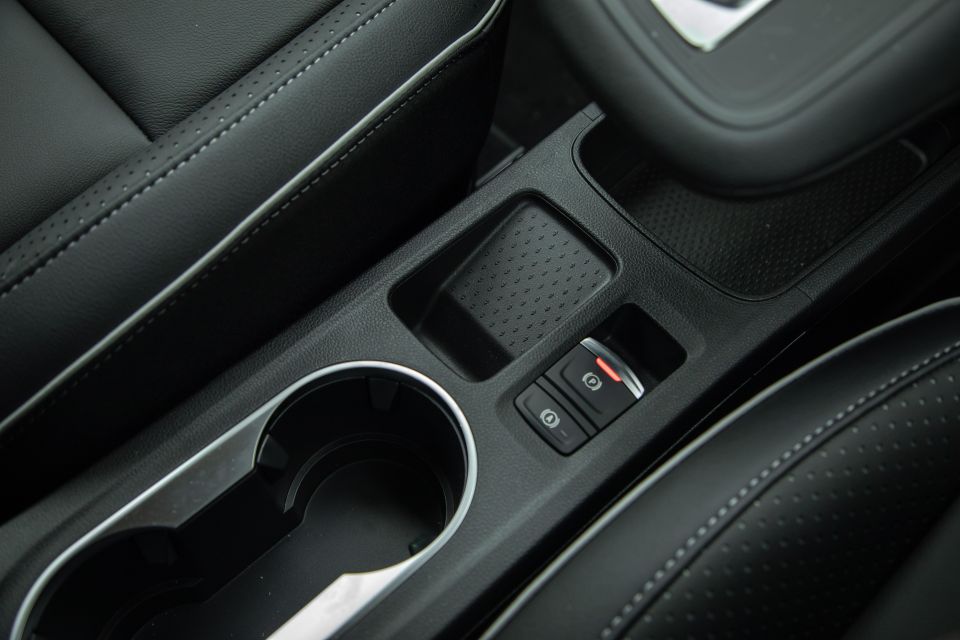
In fact, just leave that thing in your pocket as its almost weightless. The moment you start walking away from the car, is beeps and locks itself, and it’s the reverse scenario when approaching the car. More carmakers need to offer this tech.
As well as being a cool design element, the electronic driver selector sits on a floating bridge along with the electric park brake, while offering more space for keys and stuff below. And, like the touchscreen tablet, its slightly tilted towards the driver.
The console box is on the small side, but its large enough to swallow a pair of sunnies and a wallet, for those that still use one. There’s also two USB for each seat row.
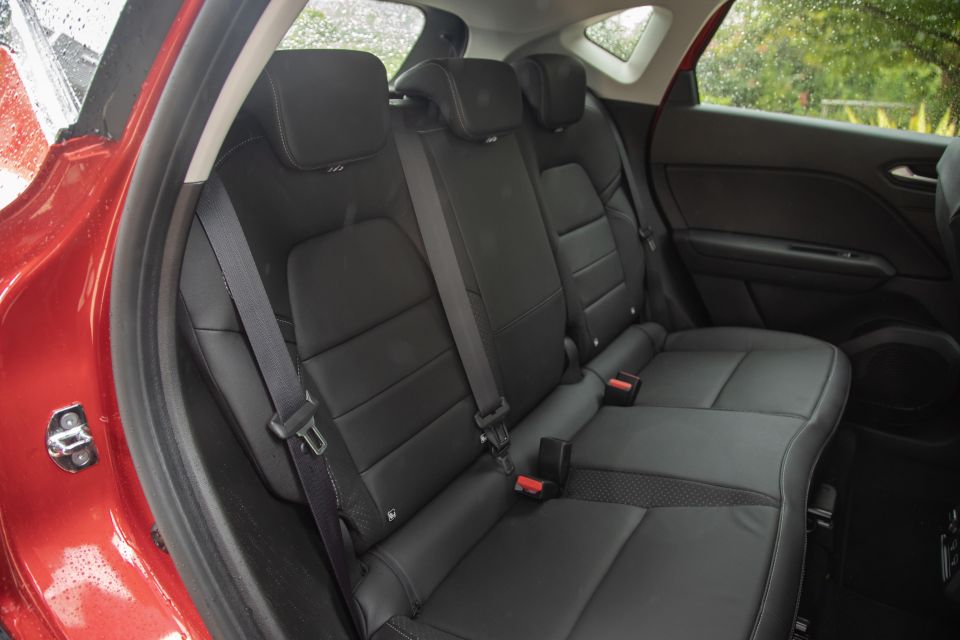
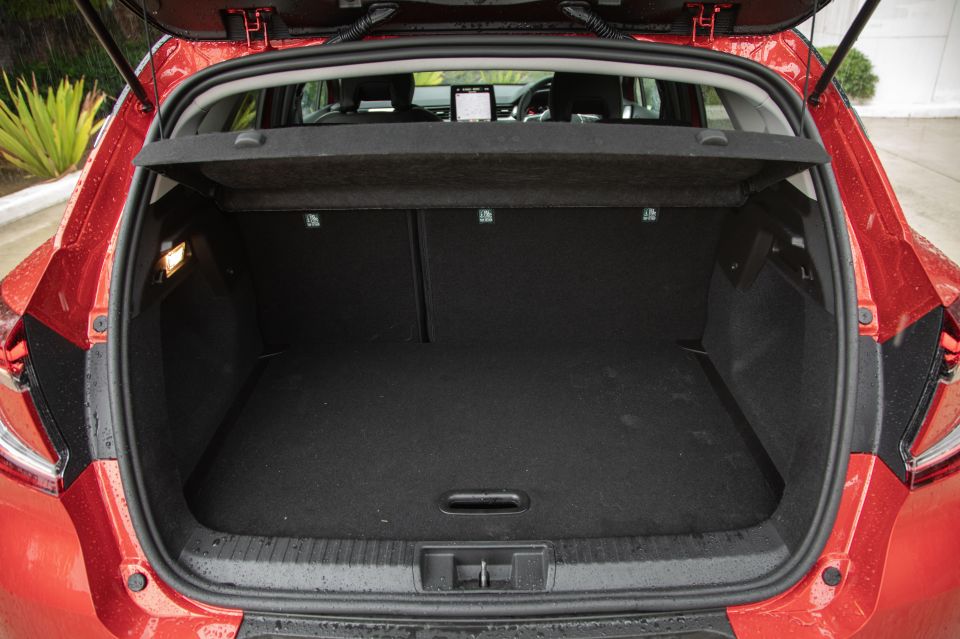
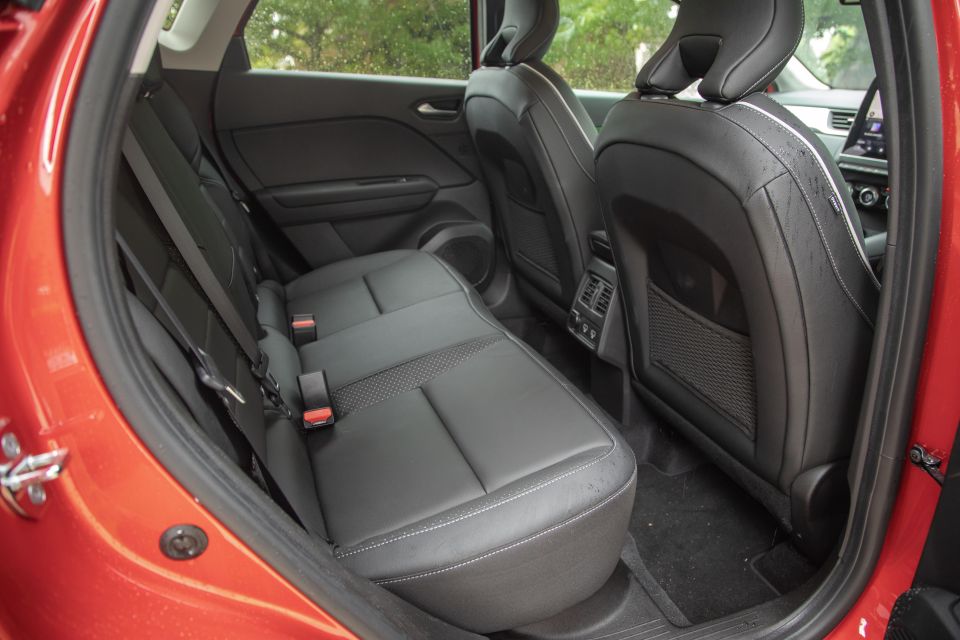
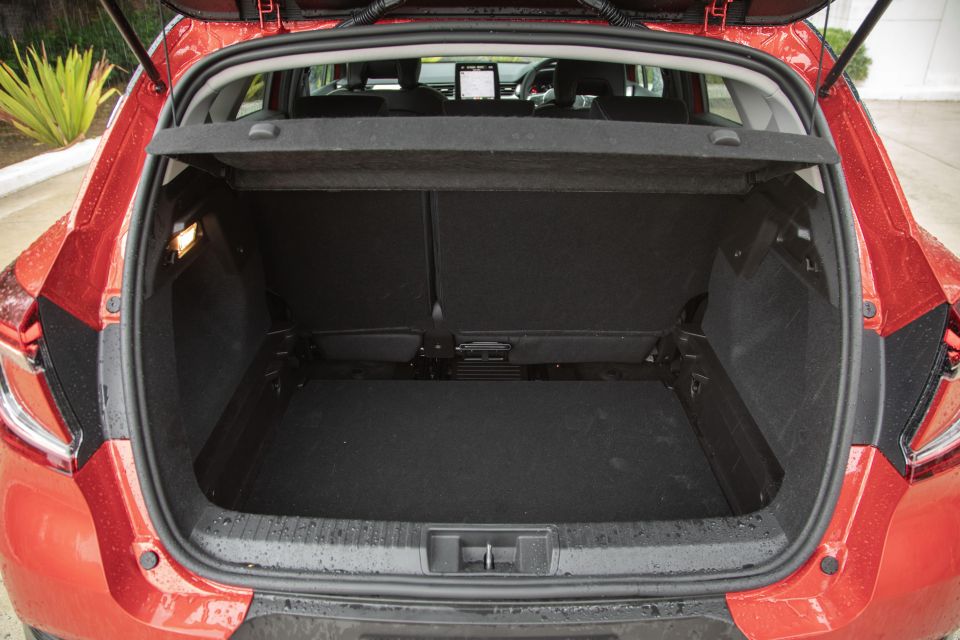
While legroom is plentiful up front, it’s another mixed bag for those in the second row. The rear-seats slide fore and aft (you can do that from the boot), which is handy if you need more rear leg room for taller folks, or more conversely, require more boot space.
Either way, the Renault Captur is the class leader when it comes to boot space. It’s got 422 litres behind the rear seats, which expands to 1275 litres when folded. It’s not perfectly flat, but it’s still useful if you want to throw in your surfboard, skis or an MTB.
For those who might be shopping around and who value volume back there, the weakest contender is the Mazda CX-3 with 264L – expanding to 1174L, while the Ford Puma gets a commendable 410L/1170L. The Kia Stonic makes do with 332L/1132L, whereas the Toyota Yaris Cross gets 390L with all seats up.
Interestingly, the Volkswagen T-Cross has marginally more overall space with the rear seats folded, but loses out when it comes to actual boot space with all seats in place – 385L/1281L.
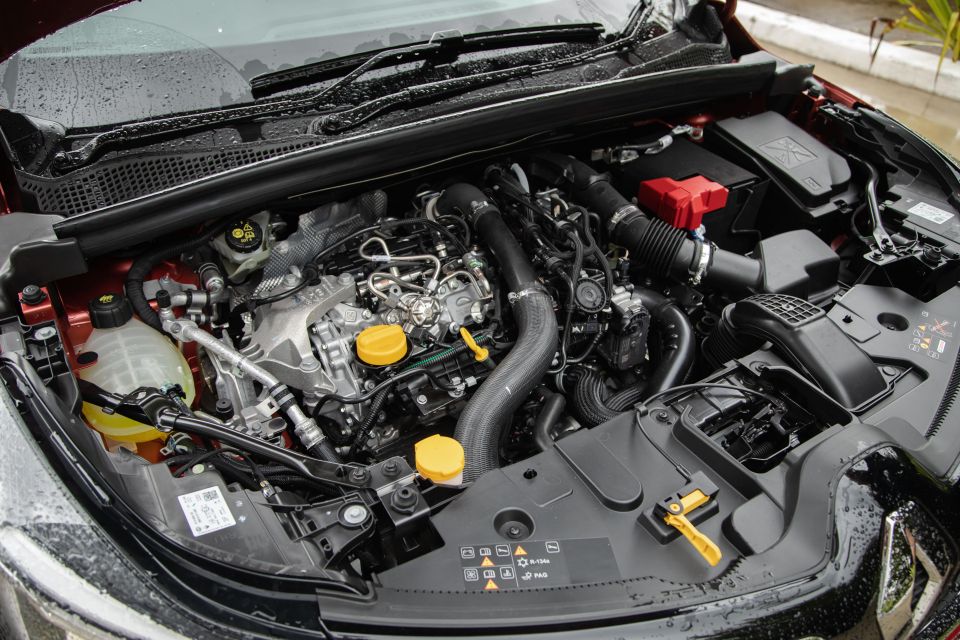
Only one engine is offered across the entire Renault Captur range in Australia.
The 1.3-litre four-cylinder turbocharged petrol engine produces 113kW of power and 270Nm of torque. It’s mated with a seven-speed dual-clutch automatic transmission, with drive going to the front wheels only.
For those who require all-wheel drive with their Light SUV, the options are slim. Only the Toyota Yaris Cross and Mazda CX-3 offer drive to all-four wheels on demand, otherwise you’ll have to move up a segment.
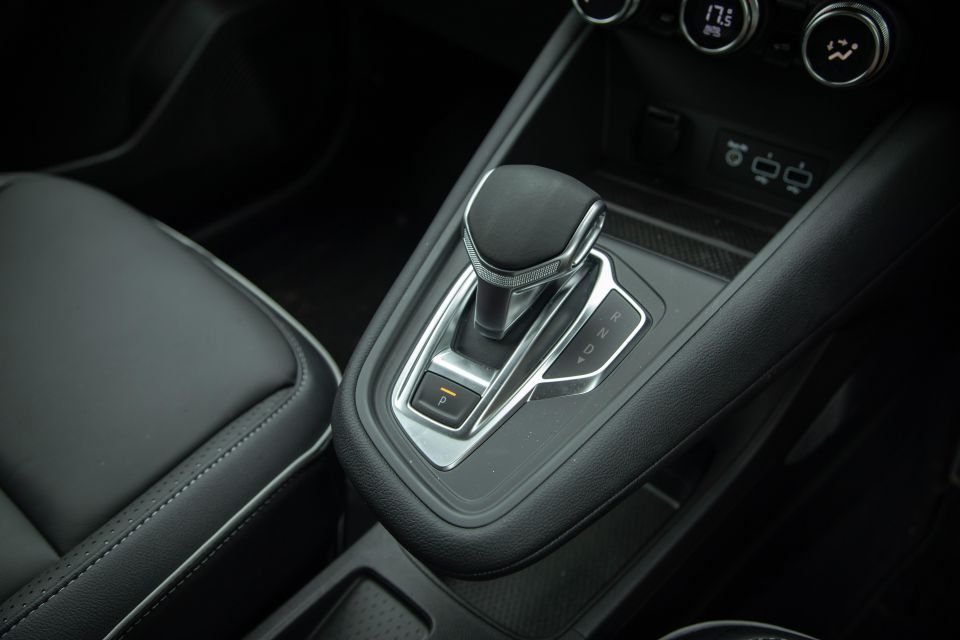
Interestingly, the four-cylinder turbocharged 1.3-litre petrol motor in the Captur is also found in the entry-level variants of the Mercedes-Benz A-Class, such as the A180 Hatch and Sedan, though it makes less power and torque (100kW/200Nm) than the unit in the Renault.
The Captur’s 1.3-litre turbo petrol will also soon feature in local versions of the next-generation Nissan Qashqai, with the Alliance partner brand confirming similar 110kW and 250Nm outputs for Australian models.
Again, the Renault Captur is the class leader when it comes to combined power and torque output. It’ll go from zero to 100km/h in a claimed 8.6 seconds, which trumps all its rivals.
It’s relatively frugal, too, as long as you don’t drive around with a lead foot all the time. Renault claim 6.6L/100km on the combined test cycle, but we got closer to 7.6L/100km. But like I said – go easy on the throttle around town.

Unlike many in this segment, the Captur doesn’t feel underpowered.
In fact, set in Sport, it can feel quite zippy around town. There’s not a lot of turbo lag either, thanks all 270Nm of torque coming on song at just 1800rpm. Its reassuringly punchy from low speeds too, when encouraged to get moving.
You’ve also got the choice of using ‘ECO’ or the MySense driving mode, which calibrates throttle response and shift timing to be slightly quicker, and it actually works well when left to its own devices.
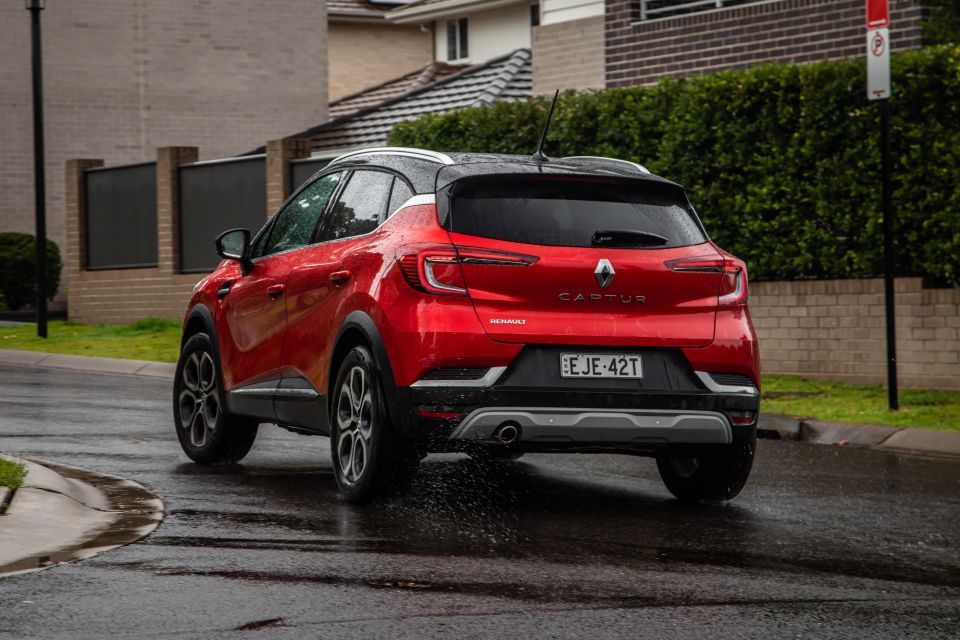
The chassis feels rigid, so there’s little if any body roll even when carrying decent pace into corners. It’s no Megane R.S., but the steering is sharp and quite direct which makes the Captur feel fun to drive.
What isn’t so well sorted is the suspension compliance – on anything but a smooth surface the Captur can feel brittle and unnecessarily busy.
Put it down to less compromising damper settings rather than spring rates, but we think it would provide better passenger comfort on 17-inch wheels rather than the standard 18s fitted to the Intens.
You soon get used to the unsettled ride, given Captur’s solid handling, but after a while you tend to wish it had more compliance built in, at least to soften the impact over rough edges and potholes. The Volkswagen T-Cross does this better than most.
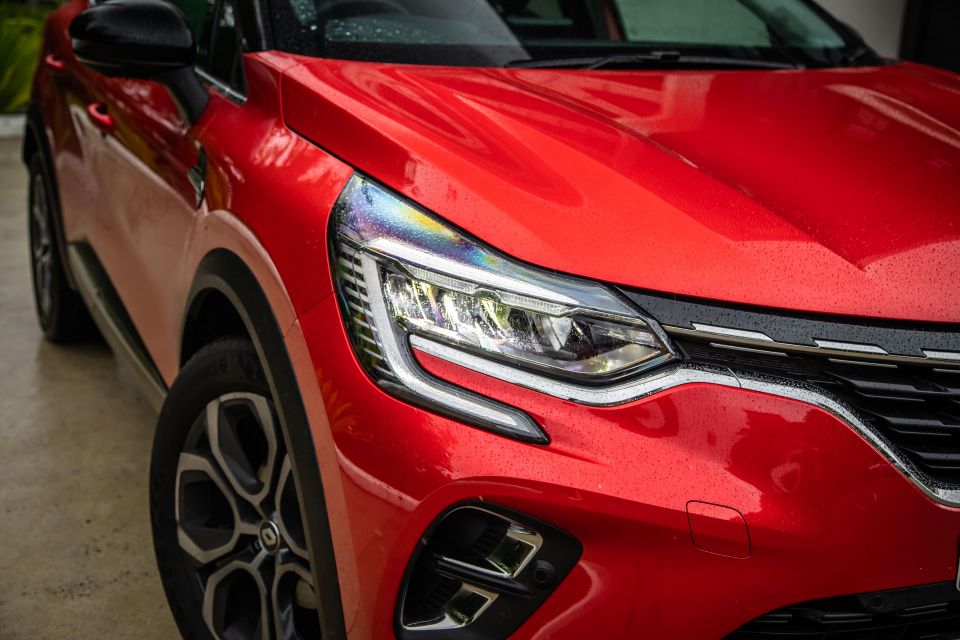



Captur Intens highlights:
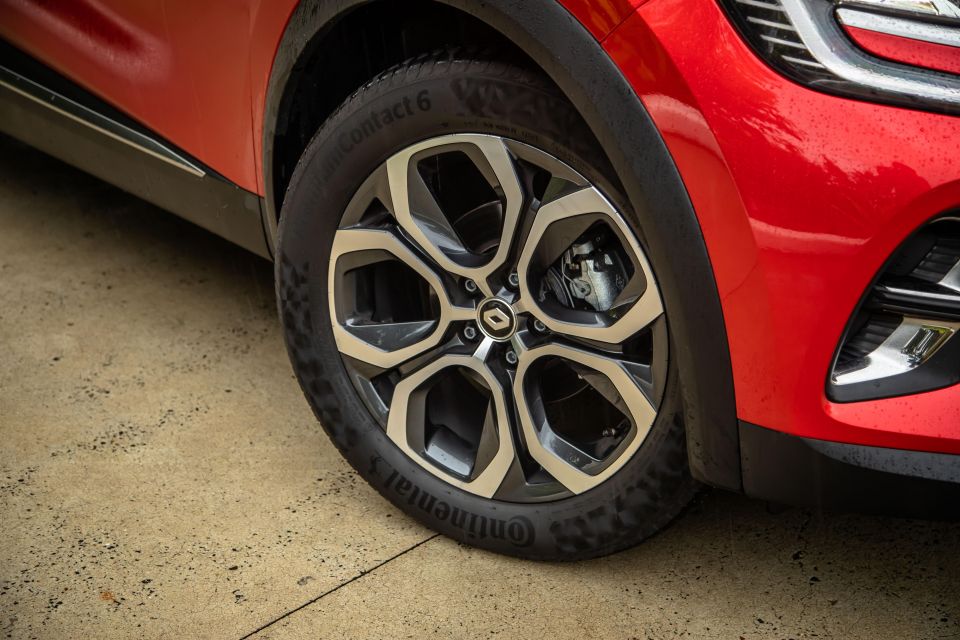
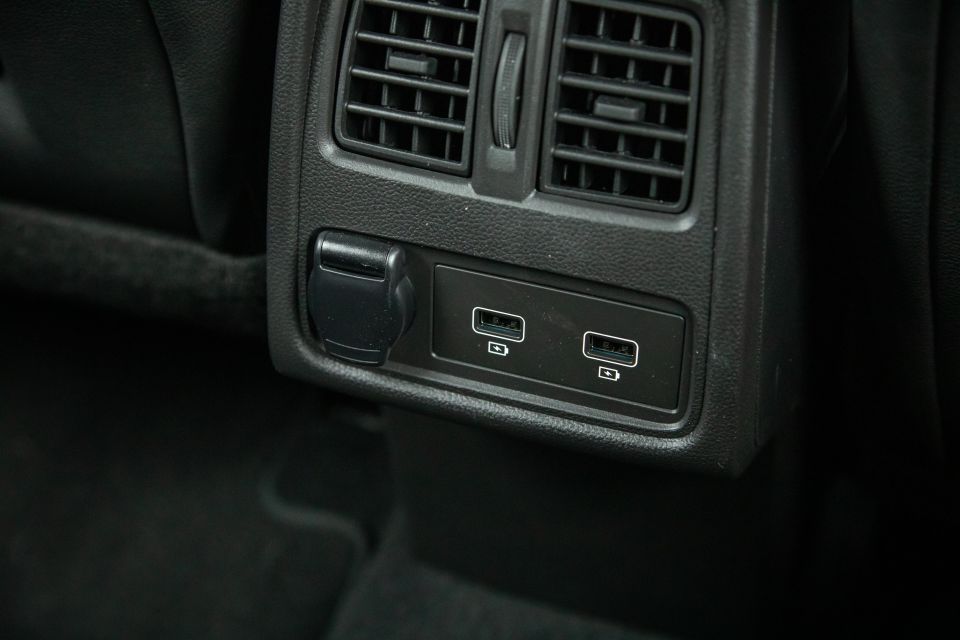
The Easy Life Package ($2000) adds:
The Orange Signature Package ($NCO) adds:
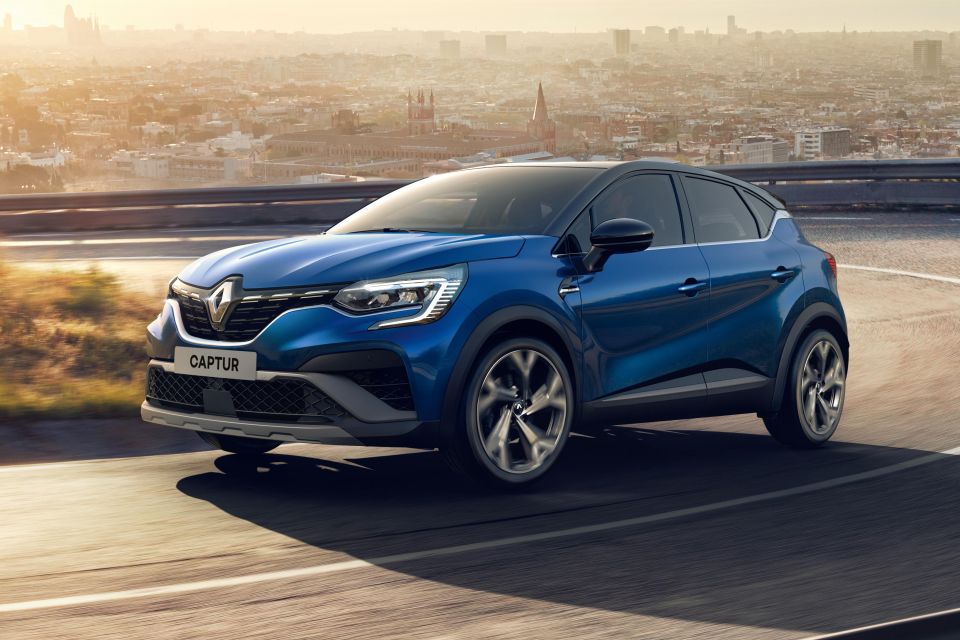
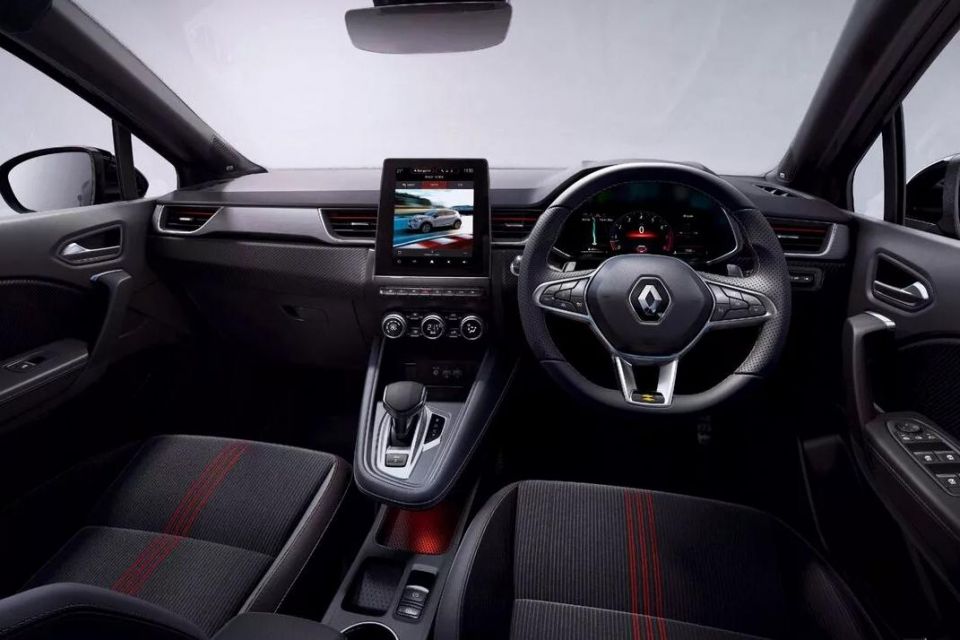
Captur R.S. Line adds:
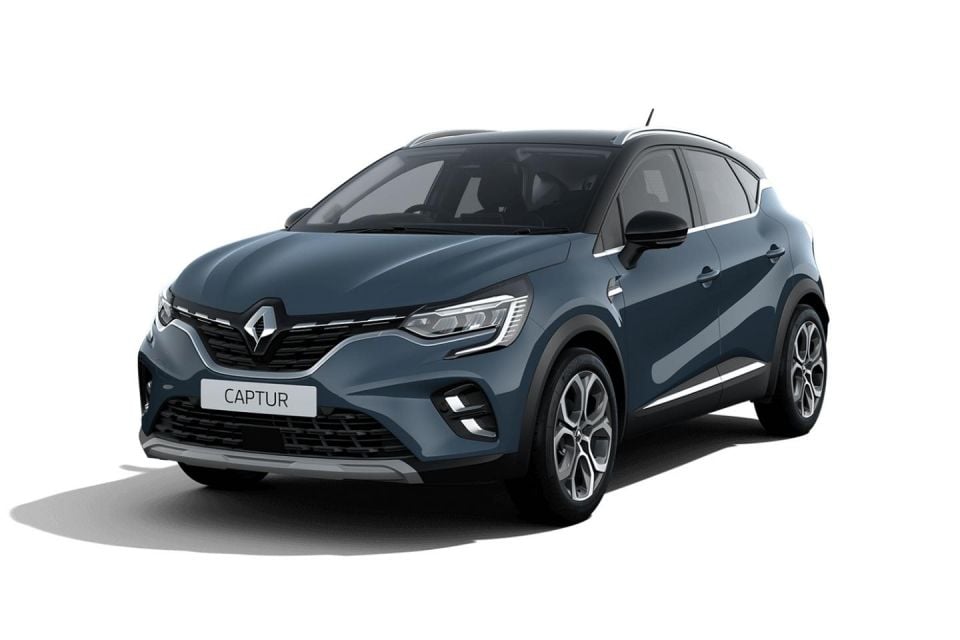
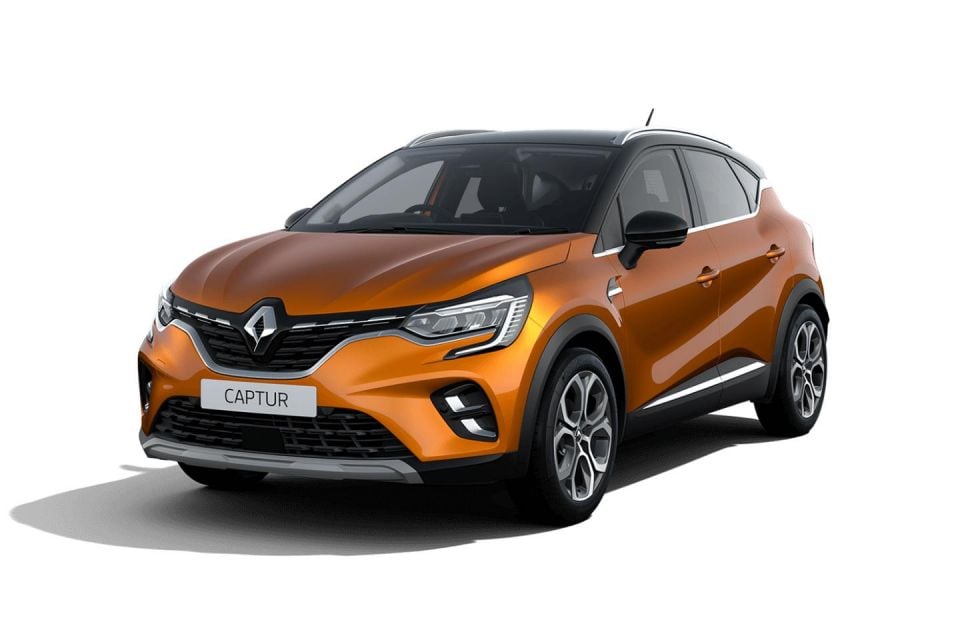

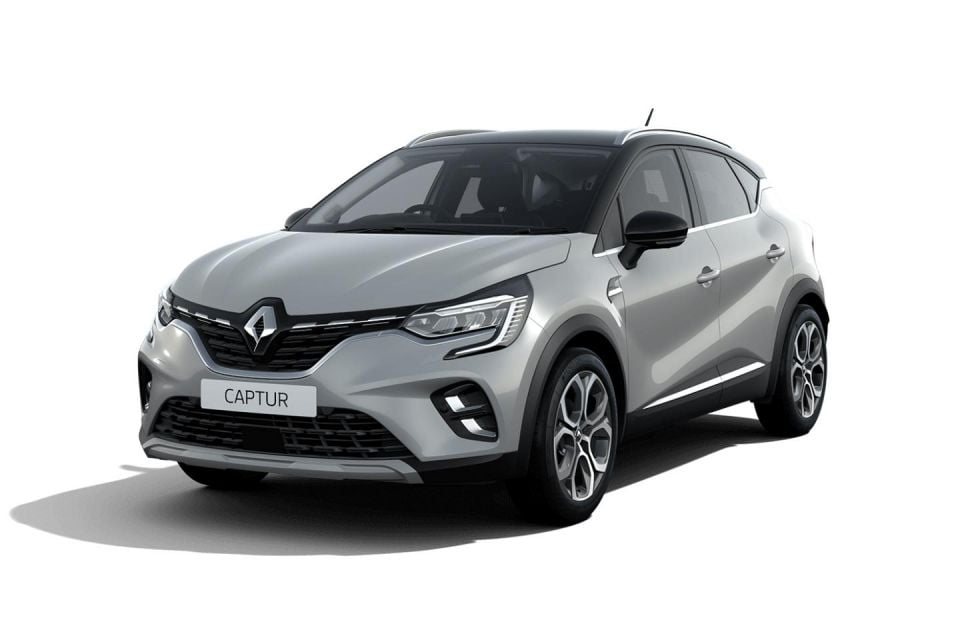
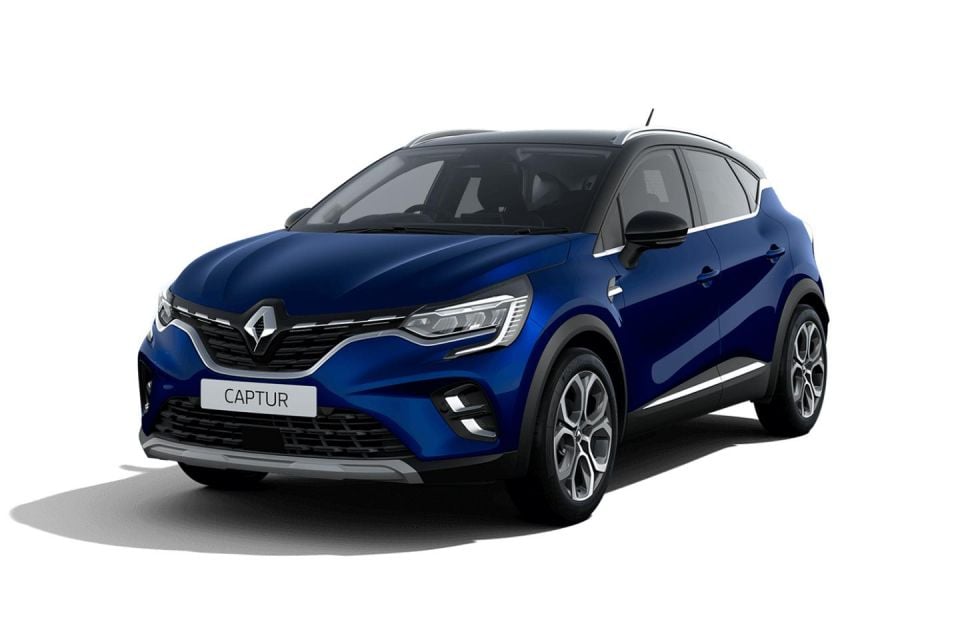
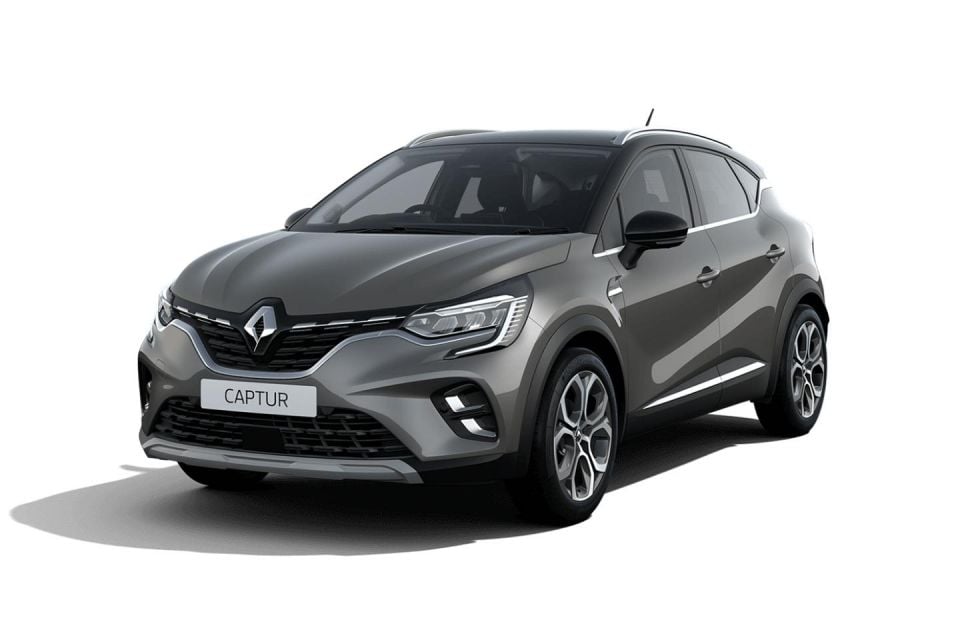
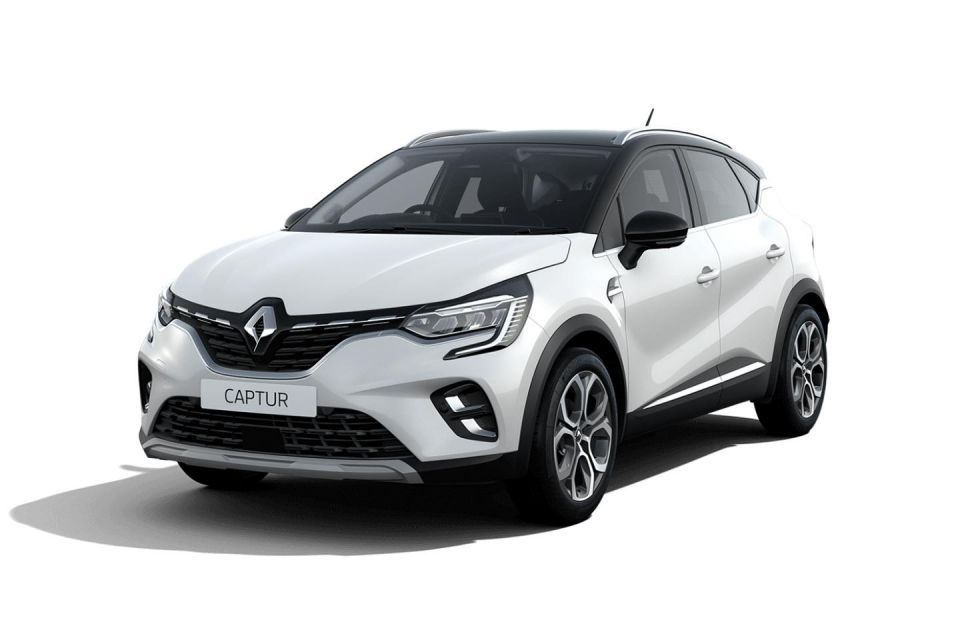
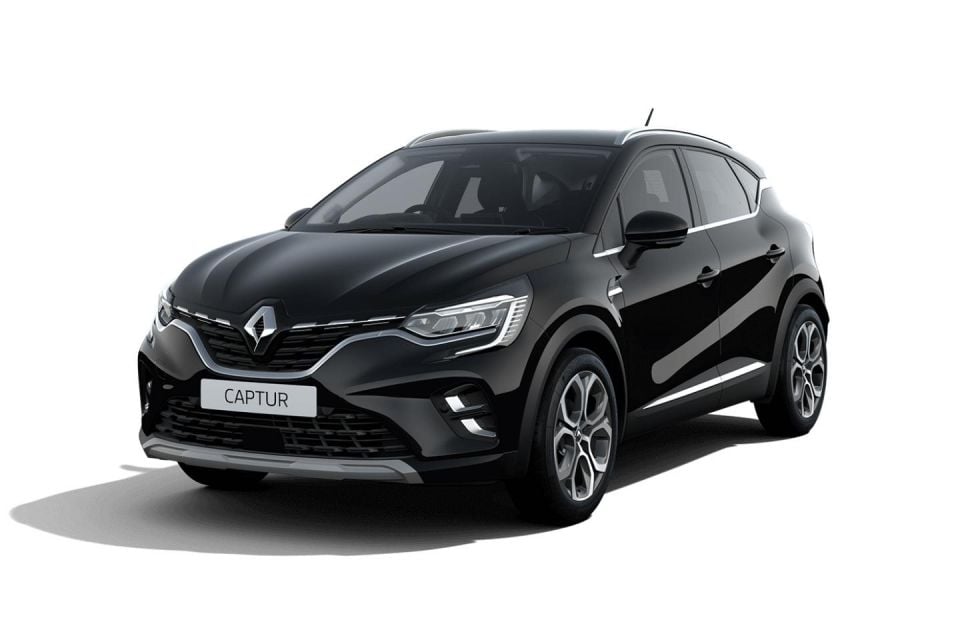
The Captur range is available in the following colours:
Every colour except for Diamond Black is available as a two-tone finish with a black roof, but metallic paints incur a $650 upcharge across the range.
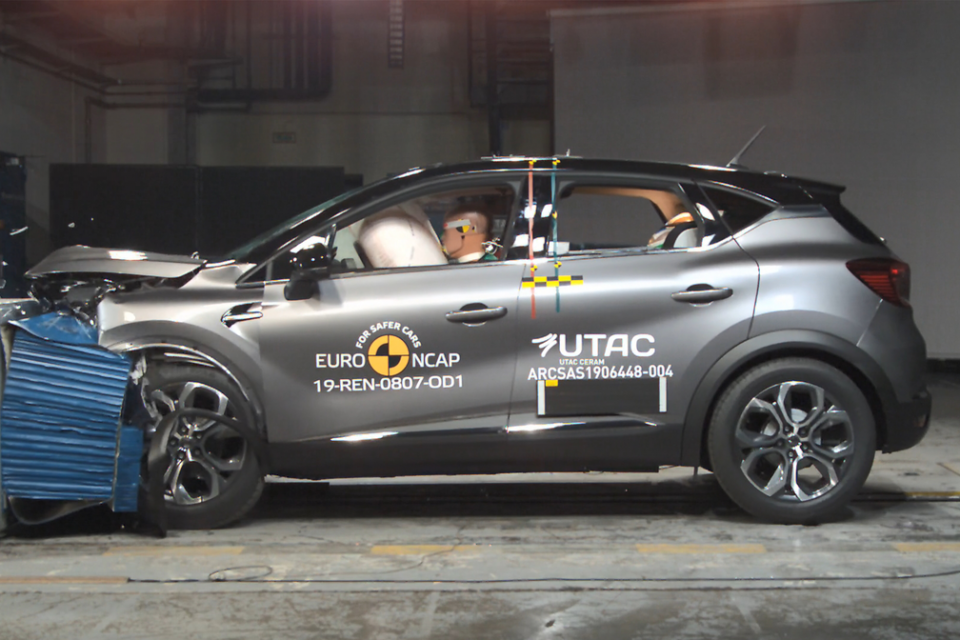
The Renault Captur wears a five-star ANCAP safety rating based on Euro NCAP testing conducted in 2019.
It scored 96 per cent for adult occupant protection, 83 per cent for child occupant protection, 75 per cent for vulnerable road user protection, and 74 per cent for safety assist.
Standard safety equipment includes:
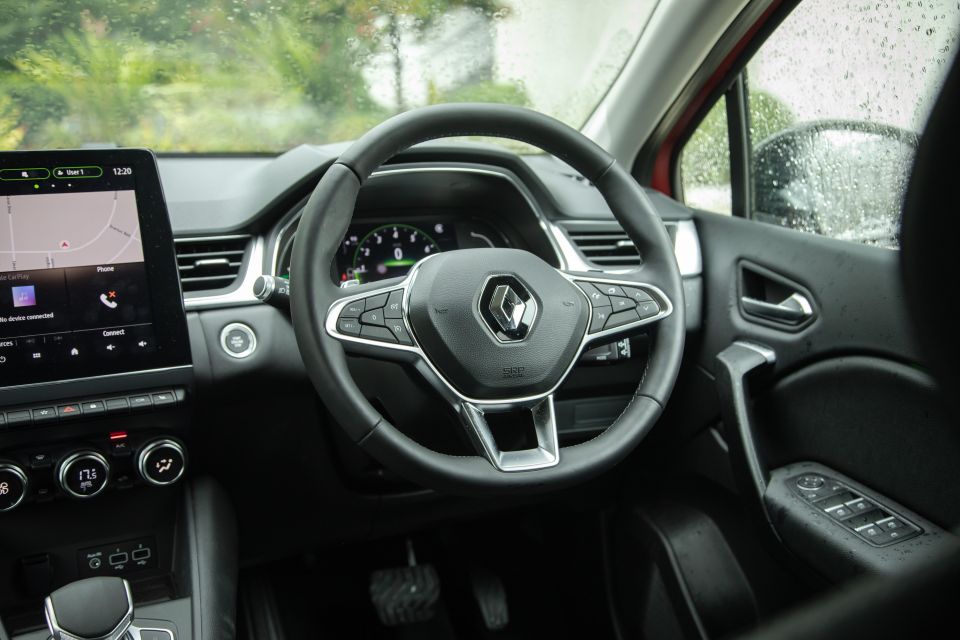
The Captur is backed by a five-year, unlimited-kilometre warranty and up to five years of 24/7 roadside assistance.
Servicing is required every 12 months or 30,000km, whichever comes first, and the first five are capped as follows:
| Interval | Pricing |
|---|---|
| 12 mths/30,000km | $399 |
| 24 mths/60,000km | $399 |
| 36 mths/90,000km | $399 |
| 48 mths/120,000km | $789 |
| 60 mths/150,000km | $399 |
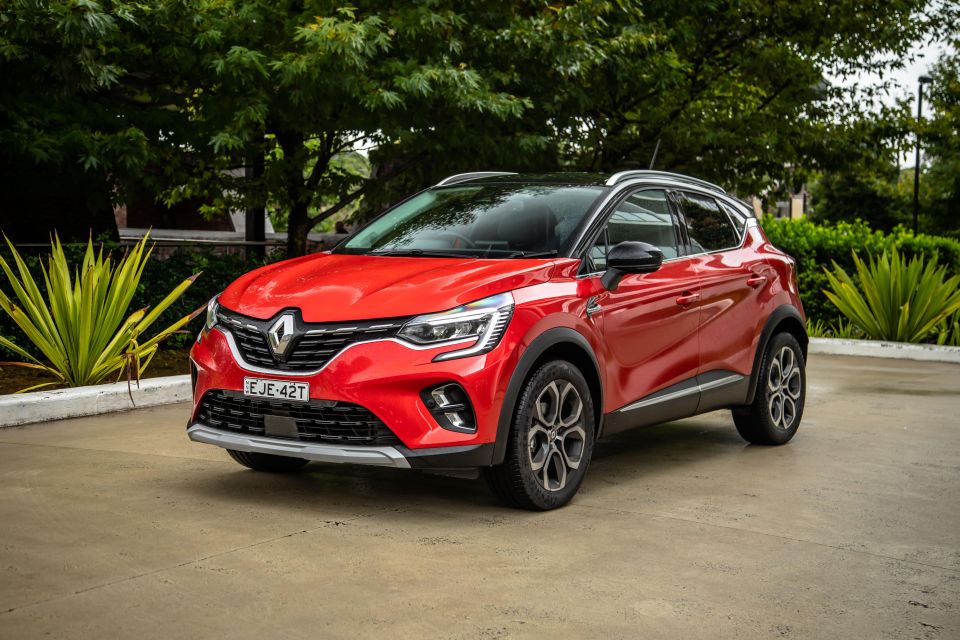
A second price hike in the last six months has taken some of the shine off the Captur’s undeniably generous offering.
It remains one of the most exciting cars in the class – both from a design perspective, and the way it zips along. Unlike many of its rivals, the Captur doesn’t feel like it needs any more grunt.
It’s also well-sorted in the handling department. It goes around corners without leaning over like a Kennard’s rental van on a weekend house moving mission, but the ride can bit too nervous for our liking.

Some folks may not even notice it, and simply put it down to its deft body control. We think it could be more compliant and offer a slightly softer ride so that it settles down more quickly.
And then there’s lavish list of features on board and class-leading boot space, both should be a decent drawcard for many.
It might be crowded segment with plenty of cars in the mix, but the stylish Frenchy is well worth consideration.
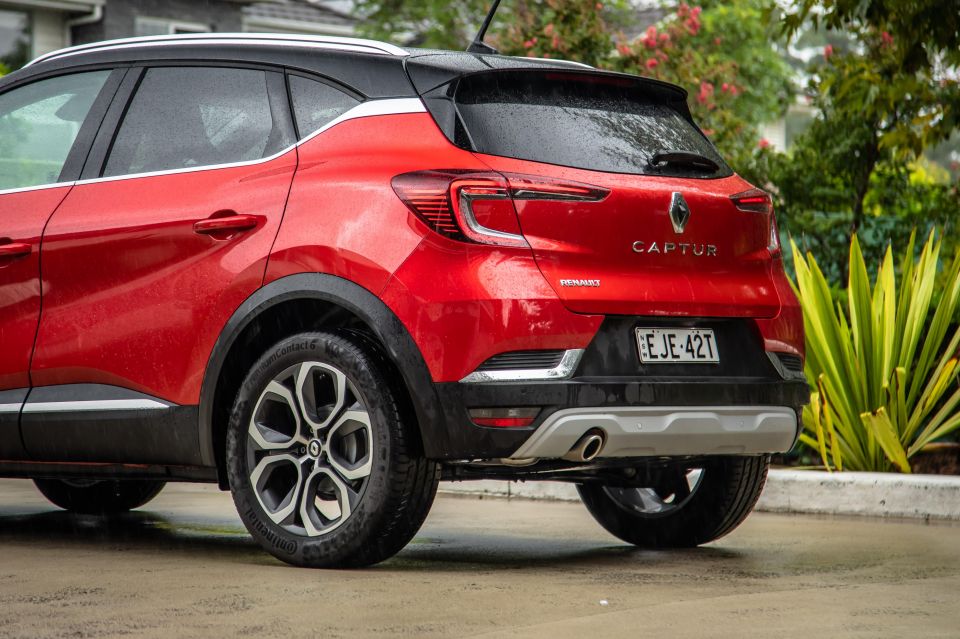
Click the images for the full gallery
Take advantage of Australia's BIGGEST new car website to find a great deal on a Renault Captur.


Max Davies
5 Days Ago
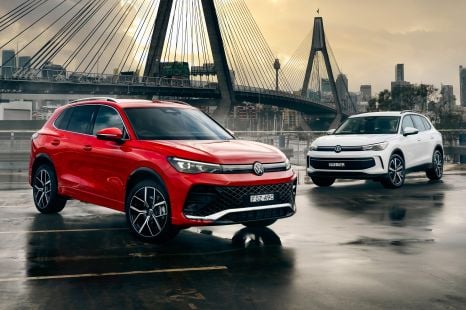

Max Davies
4 Days Ago


Josh Nevett
4 Days Ago
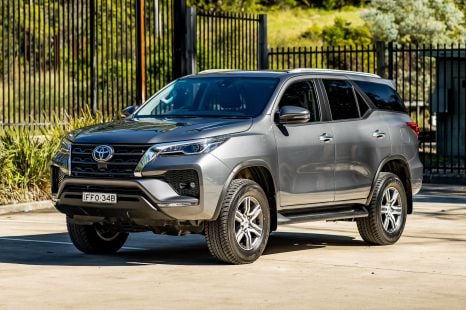

Matt Campbell
3 Days Ago
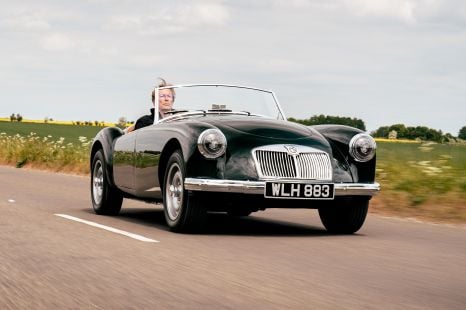

Angus MacKenzie
2 Days Ago
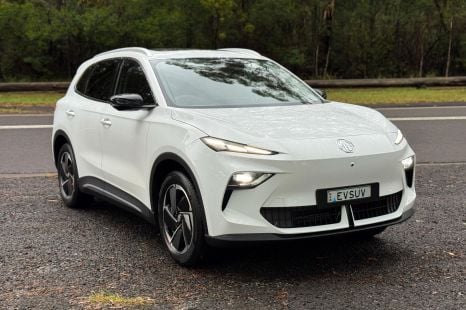

Matt Campbell
20 Hours Ago